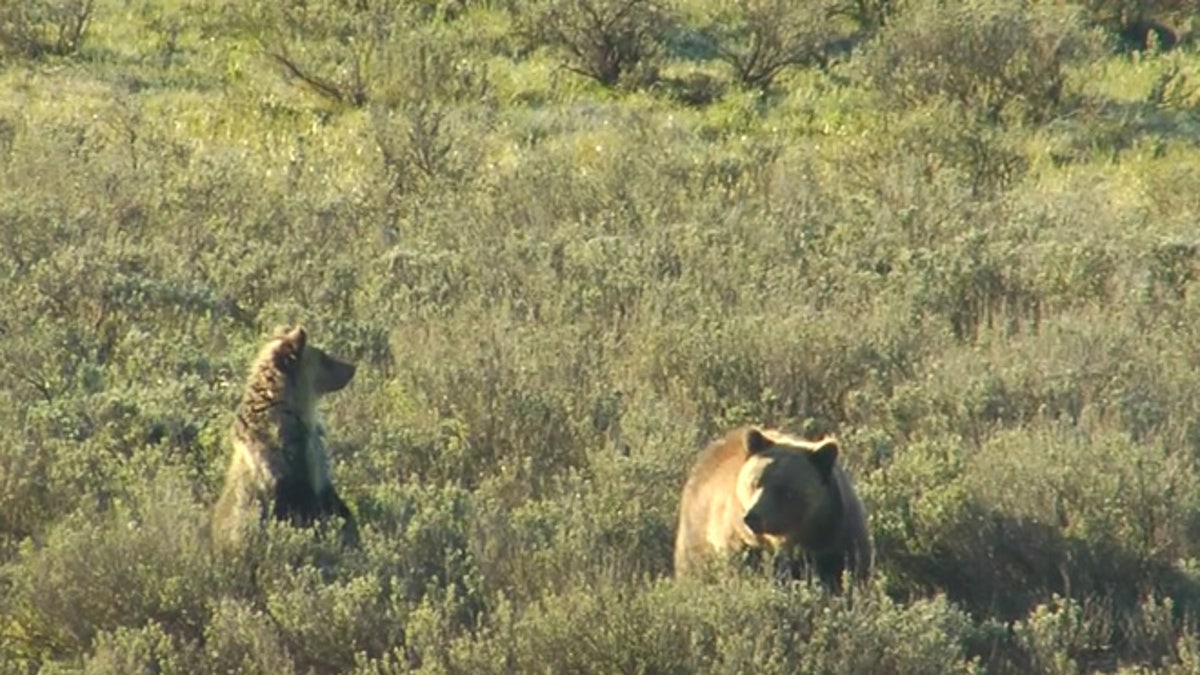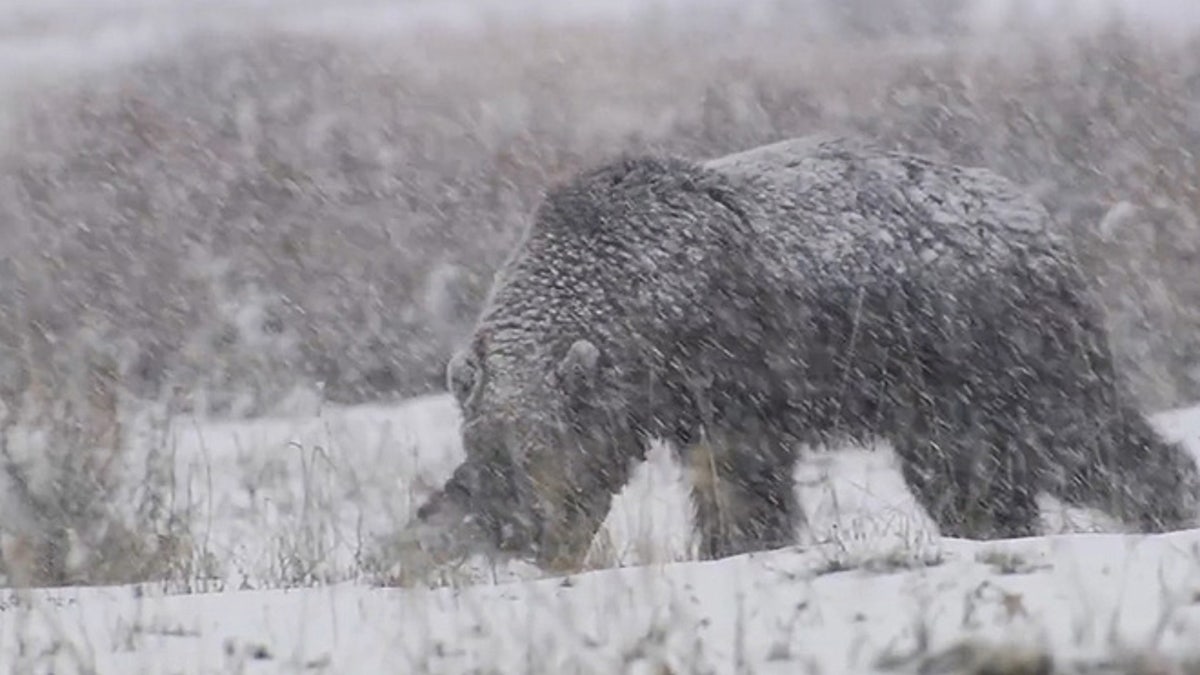
Around the nation, bears are waking up after winter hibernation, and wildlife experts warn they are hungry and possibly dangerous.
"If you see a grizzly up close, it’s all about bear spray and hoping it isn’t a mama grizzly with cubs."
Campers and hikers in the West should be especially careful, as grizzly bears have been spotted leaving their dens in eastern Idaho, and national parks including Yellowstone and Grand Teton, in Wyoming. In the next few weeks, simple math says human encounters are likely to increase.
"If people are "bear aware" they have very little about which to be worried," Tim Warner, a spokesperson with conservation group the Greater Yellowstone Coalition, told FoxNews.com.. "Deterring and scaring away grizzlies from a long distance is the key, [and outdoors lovers should consider] hiking with a bell. If you see a grizzly up close, it’s all about bear spray and hoping it isn’t a mama grizzly with cubs.
"They’re dangerous," he said.
Experts say some of the sightings have been a little earlier than usual, but not so early as to be alarming.

“Sometimes it’s early and sometimes it’s late,” Warner said. “It’s really a question of ‘how hungry are they?’ If they wake early, it’s not because of climate change.”
How long hibernation lasts has more to do with the beginning, not the end, of the process, he said.
“It’s really about how much food sources are available into the late fall season,” he said. “If the bears find animal carcasses and food sources late in the season they tend to hibernate longer.”

Grizzlies typically hibernate between 5-7 months a year in areas with winter climates, after packing on as much as 400 pounds. The extra weight can sustain them from the first snowfall until they emerge at the beginning of spring. In Yellowstone, where the grizzly population has grown to about 1,200 in the last decade, the massive bruins are slated to fall off the federal threatened species list in June.
Officials for the Interagency Grizzly Bear Study Team – a federally-backed group of scientists and biologists that monitors the bears in the Greater Yellowstone Ecosystem-- said sightings will continue to increase as more bears wake up.
“Twenty percent of the male population is still in their dens,” Frank van Manen, team leader from the IGBST, told FoxNews.com. “The female population may not come out until next month."

